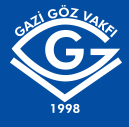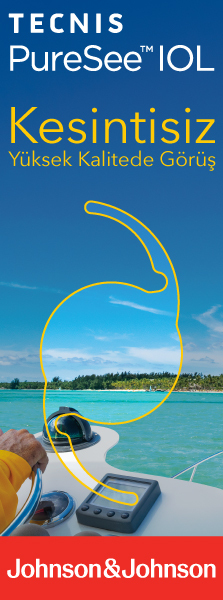Materials and Methods: Patients who were diagnosed with open eye injuries, treated and followed up between July 2018 and July 2020 were retrospectively evaluated. The demographic features, injury type, initial and final visual acuity (Snellen chart), ophthalmoscopic examinations, hospitalization days and number of operations were recorded. OTSs were determined as described by Kuhn et al. in 2002.
Results: Forty-two patients, 12 of whom were female (28.6%), were included in the study. The mean age of the patients was 42.9 ± 19.4 (7-90). While the best corrected visual acuity of the patients at presentation was 0.038 ± 0.13 (Snellen line), it was evaluated as 0.37 ± 0.39 (Snellen line) at the final examination. When compared with the OTS study group, statistically significant differences were found in final VA. A statistically significant difference was found in the light perception (LP) (-) and 1/200-19/200 VA subgroups in Category 1 (p <0.001). In Category 2 only the final VA between 1/200-19/200 was insignificant. In Category 3 the final VA of 68% patients was 20/40, or better; and 16% of the patients was between 20/200-20/40. Also, none of our patients had LP or hand motion (0%) at the end. All three values in Category 3 were statistically significantly different, either. The OTS was lower in eyes with iris damage (such as those with iris sphincter rupture, iridodialysis or iris defect) and in eyes with vitreous loss.
Conclusion: OTS provides prognostic information after ocular trauma and is reliable and applicable in the management of open globe injuries. It is open for improvement by adding different parameters. Other factors, such as iris damage and vitreous loss, that may negatively affect final visual acuity have to be considered in the rearrangement of OTS.
Keywords : Open Globe Injuries, Ocular Trauma Score, Iris Damage, Vitreous Loss




